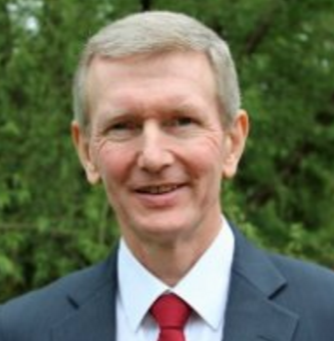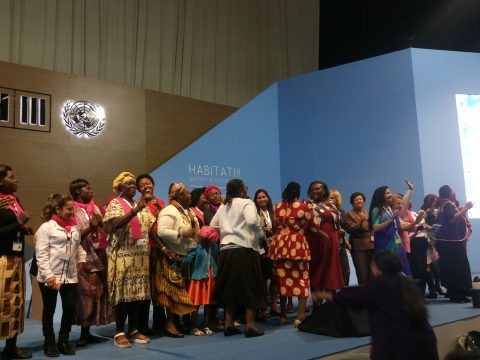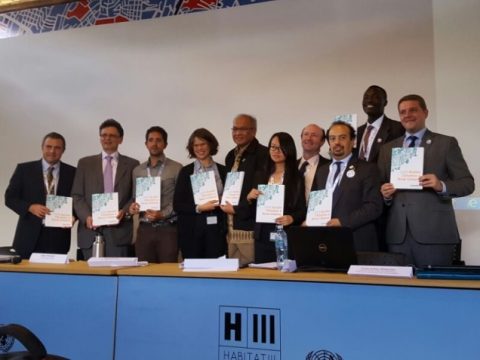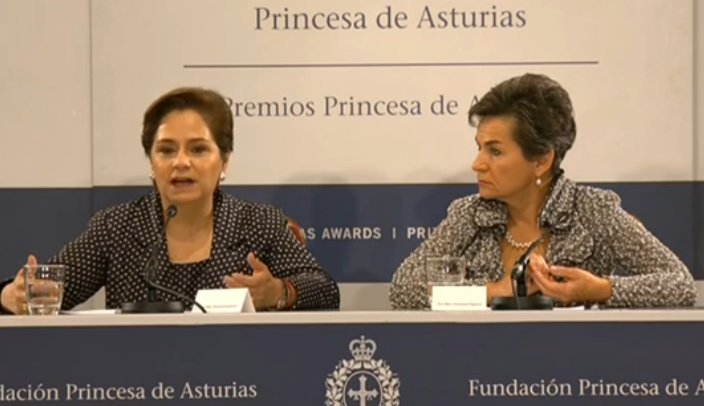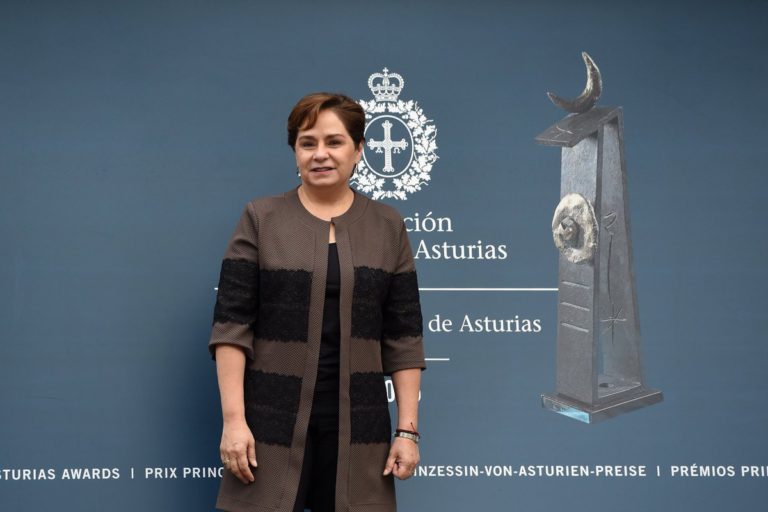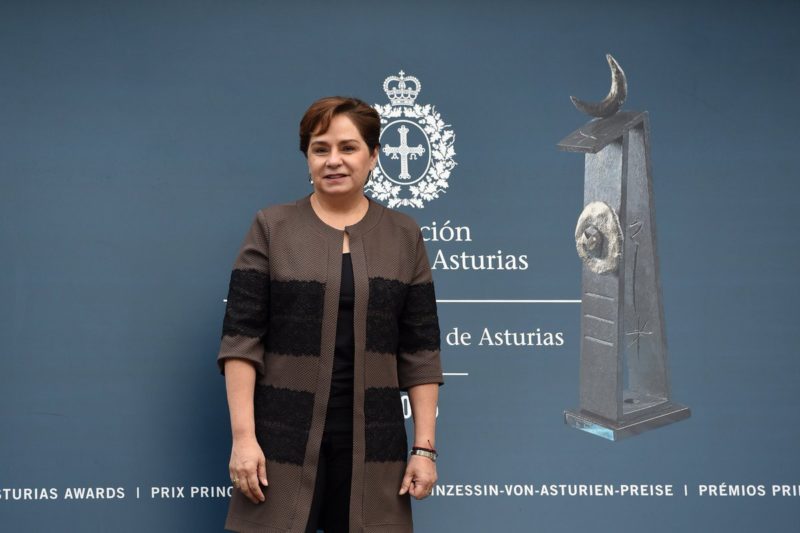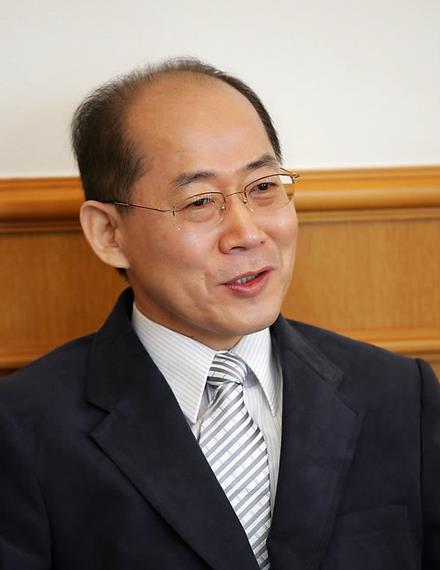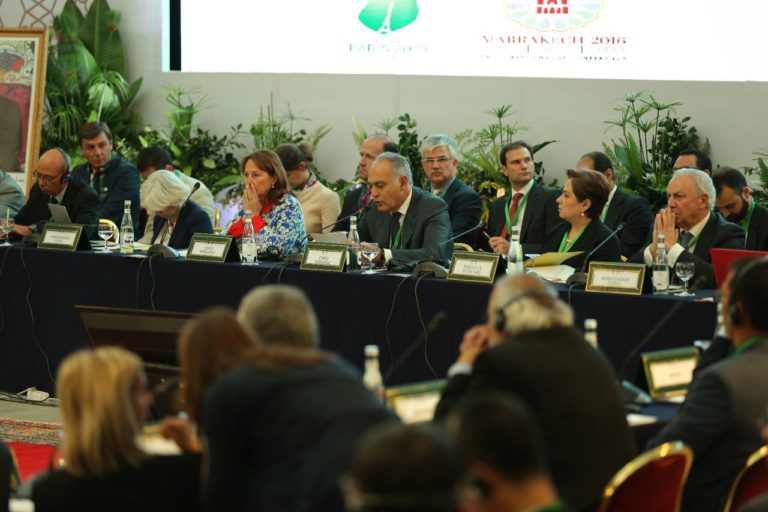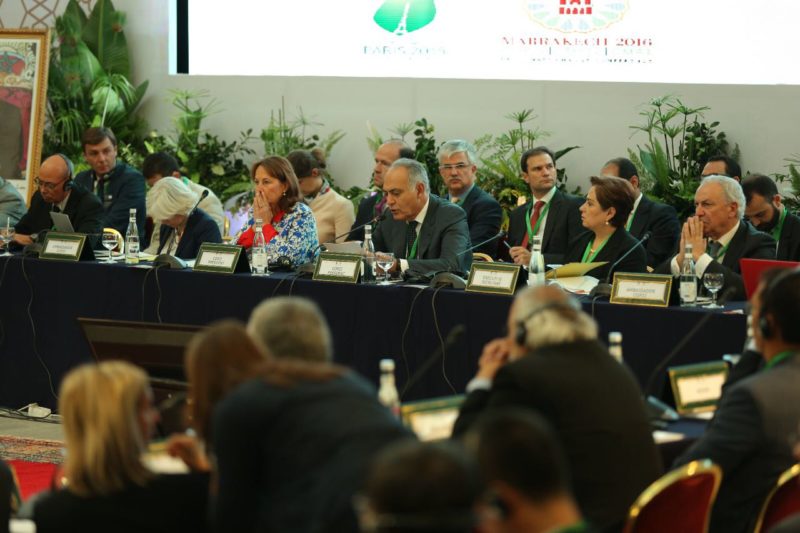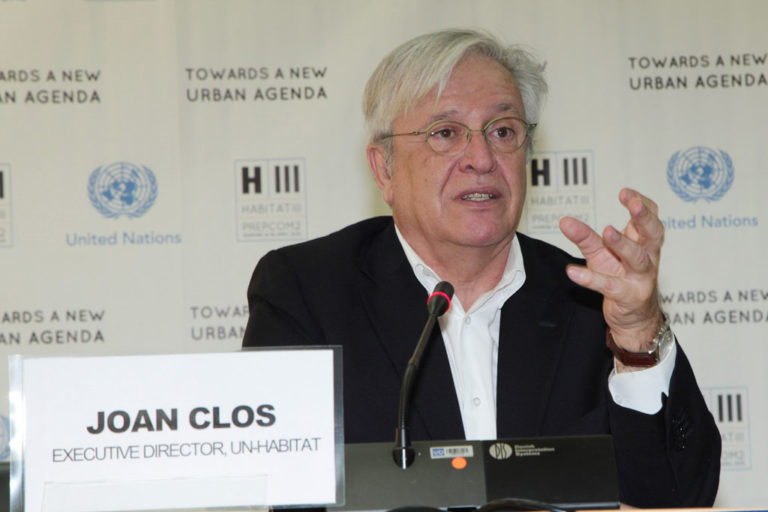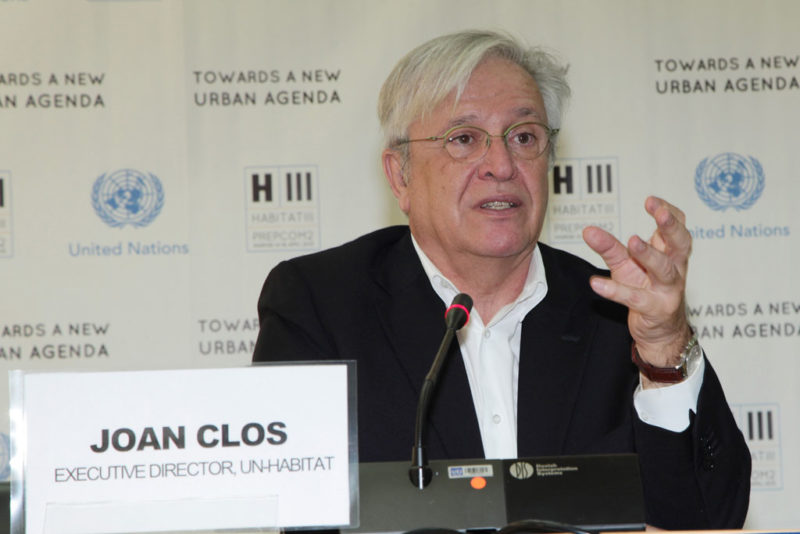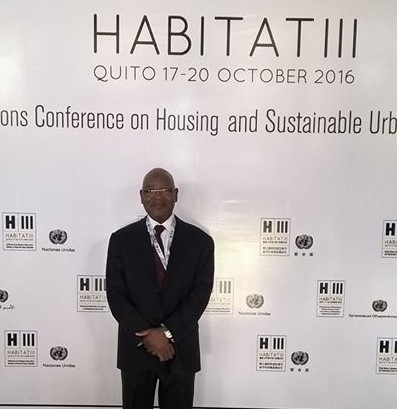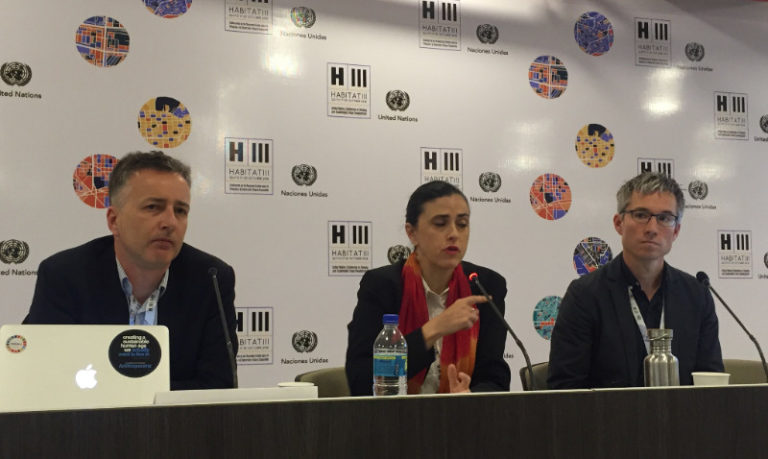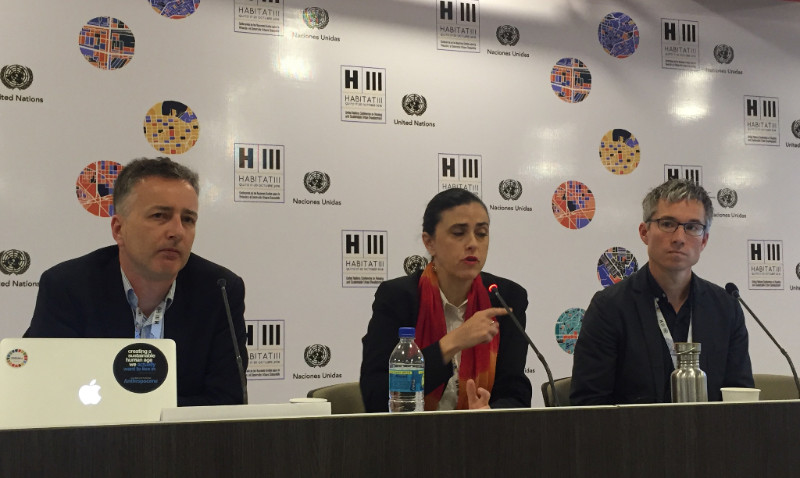Latest advancement in science and technology. A report, “Global Lead Paint Report”, released this week by the International POPs Elimination Network (IPEN), found that many decorative paints sold in over 40 low- and middle-income countries where studies have been conducted contained dangerous levels of lead, sometimes in direct violation of national regulation.

The unveiling of the report is also part of worldwide activities during the International Lead Poisoning Prevention Week of Action (ILPPWA), October 23 -29, 2016, co-led by the United Nations Environment Programme (UNEP) and the World Health Organisation (WHO).
“The health impacts of lead exposure on young children’s brains are lifelong, irreversible and untreatable,” said Leslie Adogame, Executive Director, Sustainable Research and Action for Environmental Development – SRADev Nigeria. “We are limiting our children and our nation’s future intellectual development even though safe and effective alternatives are already in use and widely available in Nigeria. We must reduce this critical source of lead exposure to young children.”
“Continued use of lead paint is a primary source of childhood lead exposure,” said Dr. Sara Brosché, IPEN’s Global Lead Paint Elimination Campaign Manager. “Children – especially those under six years of age – ingest or inhale lead through exposure to dust or soil contaminated with lead-based paint and normal hand-to-mouth behavior or when they chew on toys, household furniture or other articles painted with lead paint. Governments should set mandatory limits on lead in paint, but paint companies do not need to wait for regulation; they can and should act now.”
In a statement prepared for this year’s ILPPWA, Dr Maria Neira, Director of the Department of Public Health, Environmental and Social Determinants of Health for the World Health Organistion (WHO) said: “Exposure to lead poses a significant hazard to human health, especially for children. . .There is no need to add lead to paint – safer alternative chemicals can be used. The best way to ensure the availability of lead-safe paint is for countries to put in place laws, regulations or mandatory standards that prohibit the manufacture, import, export, sale or use of lead paint.”
A study of new household paints sold in Lagos carried out in 2009 by SRADev Nigeria in collaboration with IPEN, found that many paints contained lead. All the 30 paint samples found lead in all 30 paint samples tested, which included 23 enamel paints and seven plastic paints. All samples had lead concentrations higher than the permitted lead levels for paints (that is far beyond the recommended limit of 90 ppm).
Out of the 10 developing countries from where paint samples were collected and analysed for total lead contents, Nigeria paints showed highest percentage of samples containing more than 90 ppm of lead followed by Tanzania, Mexico, South Africa, Belarus, Senegal and values more than 600 ppm were even found (100% of the samples). SRADev Nigeria in a recent study in August-September 2016 sampled another 60 paints in Lagos under the UNEP IPEN led Africa Lead Paint Elimination Project and will be releasing the report shortly.
Despite this alarming situation, Nigeria has no official standard or legally enforceable limit for lead in paint till date, disclosed Adogame, adding that the public is at the mercy of paint manufacturers whereas, the Nigerian paint market is the gate way to West African paint industry.
He pointed out that, in May 2009, at the 2nd International Conference on Chemicals Management, Nigeria was among over 100 countries that endorsed a Global Partnership to Eliminate Lead from Paint. Most highly industrial countries adopted laws or regulations to control the lead content of decorative paints – the paints used on the interiors and exteriors of homes, schools, and other child-occupied facilities – beginning in the 1970s and 1980s. The strictest standard, 90 parts per million (ppm) total lead content in decorative paint, is common in many countries, including the Philippines, Nepal and the United States of America.
The WHO calls lead paint “a major flashpoint” for children’s potential lead poisoning and says that “since the phase-out of leaded petrol, lead paint is one of the largest sources of exposure to lead in children.” Children are exposed to lead, when painted surfaces deteriorate over time and contaminate household dust and soils. Children, ages 0-6, engaging in normal hand-to-mouth behaviors are most at risk of damage to their intelligence and mental development from exposure to lead dust and soil.
When children are exposed to lead, it tends to decrease their performance in school and their lifelong productivity as part of the national labor force. A recent study investigated the economic impact of childhood lead exposure on national economies and estimated a total cumulative loss of $977 billion international dollars per year for all low- and middle-income countries. The estimated economic loss in Africa is $134.7 or 4.03% of the Gross Domestic Product (GDP).
“Paint manufacturers, paint industry trade associations and paint ingredient vendors in Nigeria should take voluntary action immediately to eliminate lead from all paints, with decorative and other paints used in and around homes and schools as a priority,” said Leslie Adogame. Ethical manufacturers need not wait for government controls before they act. National, regional and international paint industry trade associations should send clear and strong signals to their members that now is the time to end all manufacture and sale of lead paints.
The event will involve holding a public outreach to paints makers and sellers/marketers in Mushin, Lagos on the dangers lead use in paint pose to children and pregnant women especially and the available alternatives. The event will also intimate them on the findings of about 60 paints samples recently analysed from the Lagos markets and government’s upcoming regulation and certification on the dangers of lead in paint towards 2020 phase out target.

